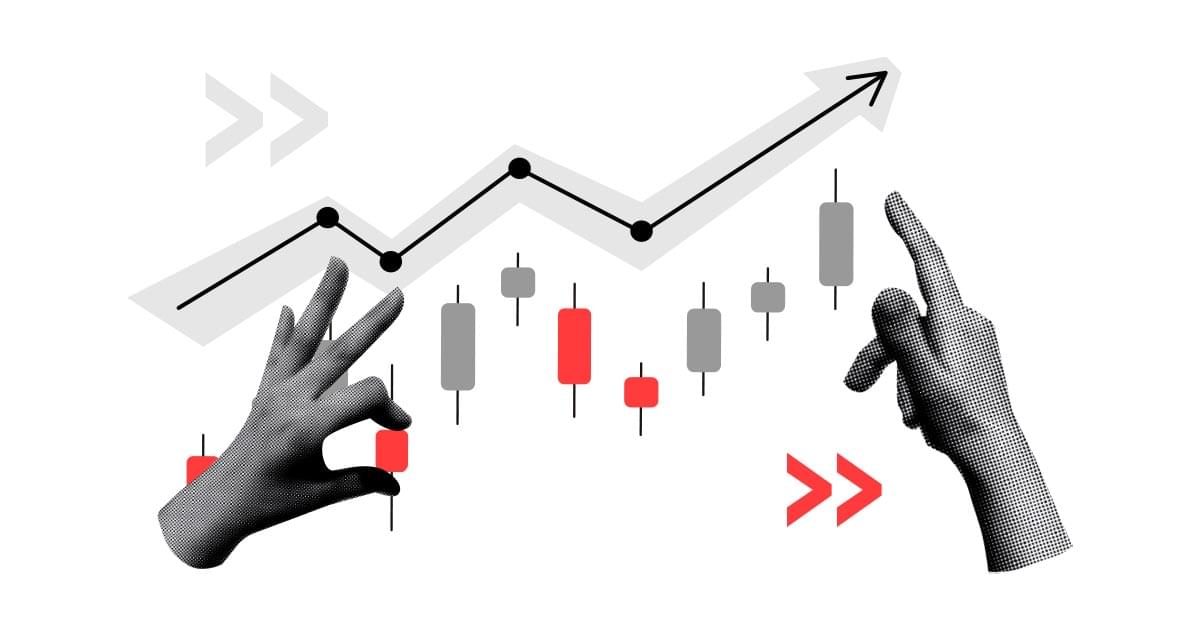The passing week may have been dominated by the situation on the commodity and currency markets. The zloty seems to be sinking despite the intervention of the National Bank of Poland (NBP), and so is the euro, which may be sold off exponentially.
The EUR/USD exchange rate collapsed this week below the level of 1.1000, while at the beginning of the month we could still see levels above 1.1200. The depreciation of the euro and its scale may be the largest since the financial markets struggled with the first impact of the coronavirus pandemic on the financial markets in March 2020. The Euro appears to be cheapening against the British Pound, with the EUR/GBP exchange rate falling to its lowest level since 2016. Against the Franc, the Euro has cheapened to a region last seen in early 2015.
At 14:30 today, data from the US labor market was released, which turned out to be better than expected. Total non-farm employment rose by 678,000 in February and the unemployment rate fell to 3.8%, the US Bureau of Labor Statistics reported today. However, U.S. employment is still down 2.1 million jobs from February 2020.
The strong U.S. labor market, however, may reassure the Federal Reserve that interest rates should be raised. Maybe not by 50 basis points as early as mid-March, but by 25 points. Further actions by the Fed may depend on the impact of commodity and food prices on the inflation rate, consumer behavior, the stock market and the wage growth rate.
How the Fed will approach a possible stagflation or a future recession caused by a sharp rise in the cost of living and the closure of the Russian market may also prove important.
Daniel Kostecki, Director of the Polish branch of Conotoxia Ltd. (Forex service)
Materials, analysis and opinions contained, referenced or provided herein are intended solely for informational and educational purposes. Personal opinion of the author does not represent and should not be constructed as a statement or an investment advice made by Conotoxia Ltd. All indiscriminate reliance on illustrative or informational materials may lead to losses. Past performance is not a reliable indicator of future results.
CFDs are complex instruments and come with a high risk of losing money rapidly due to leverage. 79.17% of retail investor accounts lose money when trading CFDs with this provider. You should consider whether you understand how CFDs work and whether you can afford to take the high risk of losing your money.


